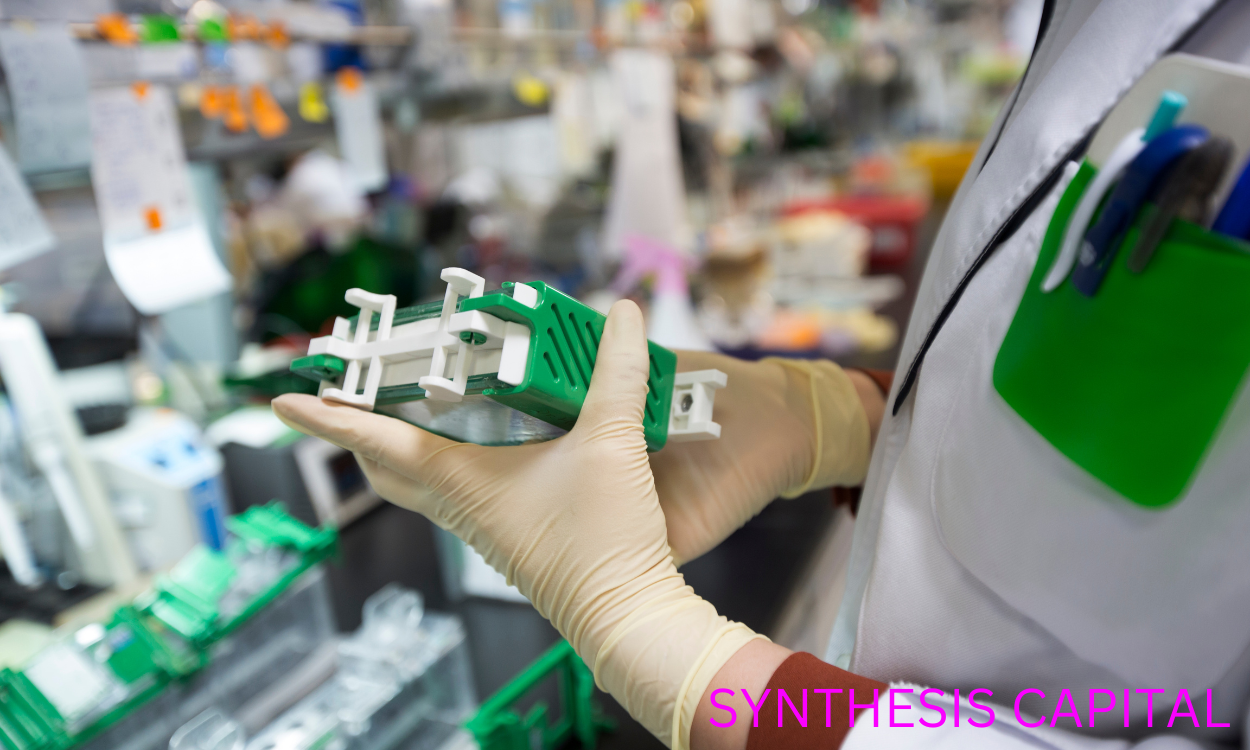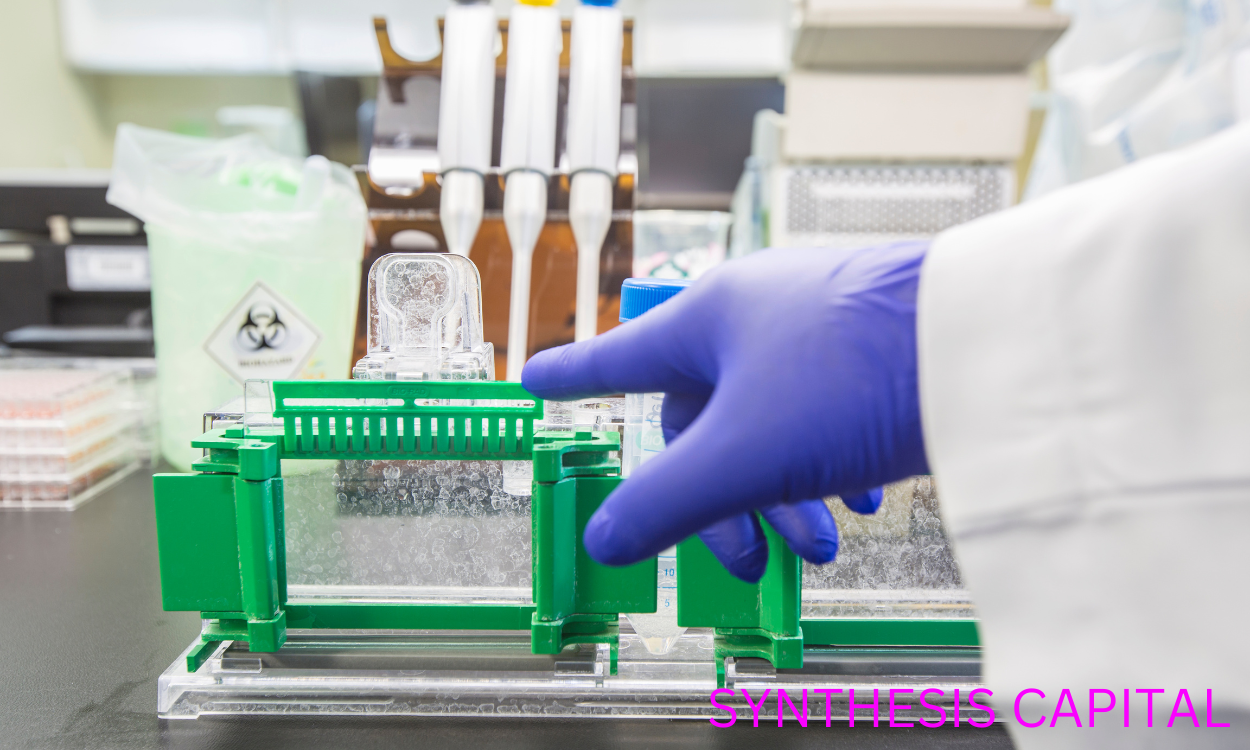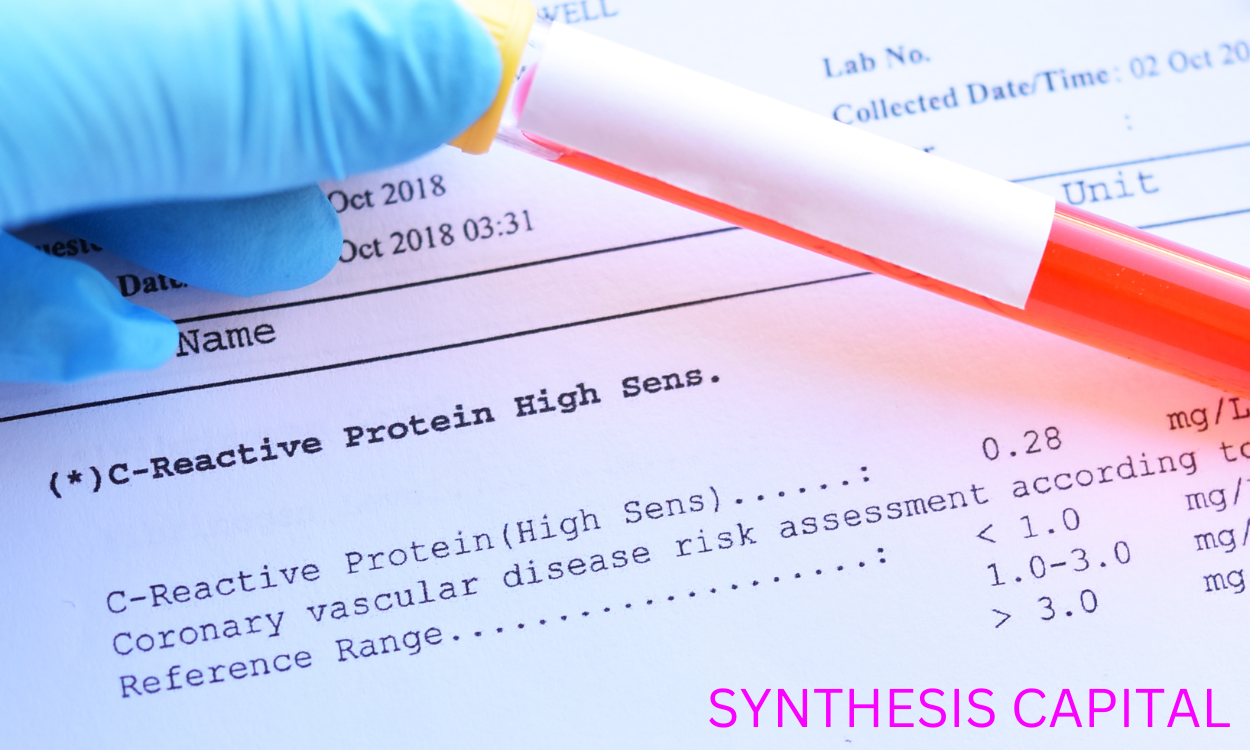Proteins are essential macromolecules that play crucial roles in virtually every biological process within the human body. The biosynthesis of proteins is a complex and highly regulated process that involves the transcription of DNA into messenger RNA (mRNA), translation of mRNA into amino acids, and ultimately the assembly of these amino acids into functional proteins. This intricate process requires the coordination of multiple enzymes, ribosomes, and transfer RNAs to ensure the accurate synthesis of proteins that are vital for the structure, function, and regulation of cells and tissues throughout the body. Understanding the mechanisms and regulation of protein biosynthesis is fundamental to unraveling the complexities of cellular biology and advancing our knowledge of human health and disease.
The Specific Steps in the Biosynthesis of Proteins in the Body
Protein biosynthesis in the body involves several key steps. It begins with transcription, where DNA is transcribed into messenger RNA (mRNA) by RNA polymerase. The mRNA then moves to the ribosomes, where translation occurs. During translation, transfer RNA (tRNA) molecules bring specific amino acids to the ribosome based on the mRNA code. The ribosome then catalyzes the formation of peptide bonds between the amino acids, creating a polypeptide chain that will eventually fold into a functional protein. Finally, the protein undergoes post-translational modifications, such as folding, glycosylation, or phosphorylation, to achieve its final form and function within the body.

How is genetic information encoded in DNA translated into protein synthesis?
Genetic information encoded in DNA is first transcribed into messenger RNA (mRNA) by the enzyme RNA polymerase during a process called transcription. The mRNA then travels from the nucleus to the ribosomes in the cytoplasm, where it serves as a template for protein synthesis. Transfer RNA (tRNA) molecules bring amino acids to the ribosome based on the codons on the mRNA. The ribosome reads the mRNA sequence in groups of three nucleotides called codons, which correspond to specific amino acids. As each codon is read, the corresponding tRNA delivers the correct amino acid, allowing for the formation of a growing polypeptide chain. This process continues until a stop codon is reached, signaling the end of protein synthesis and the release of the completed protein.
What role do ribosomes play in the biosynthesis of proteins?
Ribosomes are essential organelles responsible for protein synthesis in cells. They serve as the site where mRNA is translated into proteins by facilitating the assembly of amino acids in the correct sequence dictated by the mRNA template. Ribosomes consist of two subunits, large and small, that work together to read the genetic code and link amino acids together to form a polypeptide chain. This process, known as translation, is crucial for building the diverse array of proteins needed for various cellular functions, growth, and maintenance. Overall, ribosomes play a central role in the biosynthesis of proteins by catalyzing the formation of peptide bonds between amino acids based on the instructions provided by mRNA.
How is messenger RNA (mRNA) involved in the process of protein biosynthesis?
Messenger RNA (mRNA) plays a crucial role in protein biosynthesis by carrying the genetic information from the DNA in the nucleus to the ribosomes in the cytoplasm. The mRNA is transcribed from a specific gene on the DNA and serves as a template for the synthesis of proteins. Once the mRNA reaches the ribosome, it is read in groups of three nucleotides called codons, each of which corresponds to a specific amino acid. Transfer RNA (tRNA) molecules then bring the corresponding amino acids to the ribosome, where they are linked together in the correct sequence according to the instructions provided by the mRNA. This process continues until a stop codon is reached, signaling the end of protein synthesis and the release of the newly formed protein.
Exploring the Variety of Amino Acids in Protein Biosynthesis and Their Incorporation into the Polypeptide Chain
There are 20 different types of amino acids that are used in protein biosynthesis, each with its own unique side chain. These amino acids can be categorized into three groups: essential amino acids, nonessential amino acids, and conditional amino acids. Essential amino acids must be obtained from the diet as the body is unable to produce them on its own, while nonessential amino acids can be synthesized by the body. Conditional amino acids are typically only necessary in times of illness or stress. During protein biosynthesis, amino acids are brought to the ribosome by transfer RNA (tRNA) molecules. Each tRNA molecule carries a specific amino acid and recognizes a corresponding codon on the messenger RNA (mRNA). The amino acids are then joined together through peptide bonds, forming a growing polypeptide chain that eventually folds into a functional protein.

Understanding the Process of Transcription and Translation in Protein Synthesis
During transcription, the DNA in the nucleus is copied into a messenger RNA (mRNA) molecule by RNA polymerase. This mRNA then travels to the ribosomes in the cytoplasm where translation occurs. During translation, transfer RNA (tRNA) molecules bring amino acids to the ribosome based on the codons on the mRNA. The ribosome reads the mRNA biosynthesis of protein in the body sequence and joins the amino acids together to form a polypeptide chain, which eventually folds into a functional protein. Ultimately, the process of transcription and translation work together seamlessly to ensure that the correct proteins are synthesized in the body, playing a crucial role in various cellular functions and processes.
What factors regulate the rate of protein biosynthesis in cells?
The rate of protein biosynthesis in cells is regulated by a complex interplay of various factors, including the availability of amino acids, energy sources such as ATP, and the presence of specific enzymes and ribosomes necessary for the process. Additionally, regulatory factors such as transcription factors, microRNAs, and signaling pathways can also influence protein synthesis rates by controlling the expression of genes involved in this process. Furthermore, cellular conditions such as stress, nutrient availability, and growth factors can impact protein biosynthesis through mechanisms like translational control and post-translational modifications. Overall, the intricate coordination of these factors helps cells to finely tune their protein synthesis rates in response to internal and external cues, ensuring proper cellular function and adaptation to changing environments.
How do errors or mutations in the biosynthesis of proteins impact cellular function and overall health?
Errors or mutations in the biosynthesis of proteins can have significant impacts on cellular function and overall health. Proteins play crucial roles in virtually all biological processes within cells, serving as enzymes, structural components, transporters, and signaling molecules. When errors occur during protein synthesis, misfolded or non-functional proteins may be produced, leading to disruptions in cellular processes and potentially toxic protein aggregates. These abnormalities can result in a wide range of health issues, including genetic disorders, neurodegenerative diseases, and cancer. Additionally, mutations in genes encoding for key proteins involved in biosynthesis can lead to deficiencies in essential nutrients and impairments in metabolic pathways, further compromising cellular function and overall health.
The Intricate Process of Protein Biosynthesis in the Human Body
- Protein biosynthesis is a complex process that involves the transcription of DNA into messenger RNA (mRNA) and the translation of mRNA into amino acids to form proteins.

- The ribosomes in the cell are responsible for assembling amino acids into polypeptide chains according to the instructions provided by the mRNA.
- Transfer RNA (tRNA) molecules bring specific amino acids to the ribosome, where they are added to the growing polypeptide chain.
- The process of protein biosynthesis requires energy in the form of adenosine triphosphate (ATP), which is used to power the synthesis of new proteins.